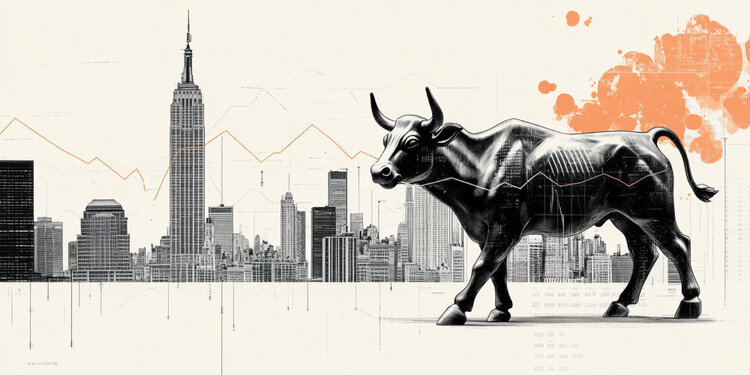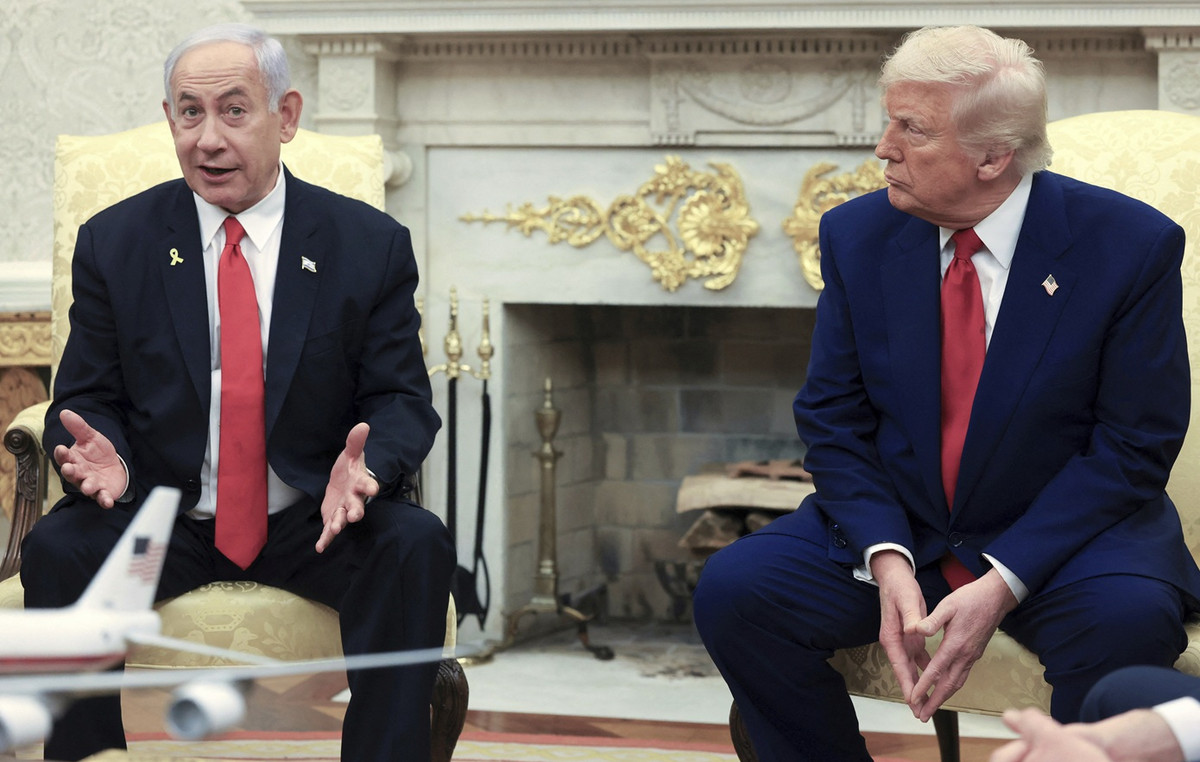Federal Reserve Bank of Atlanta President Raphael Bostic said Friday that he is in no rush to cut rates and sees the possibility of a reduction in the central bank’s policy rate to somewhere between 3% and 3%. .5% by the end of next year, according to Reuters.
Key quotes
“I’m in no rush to reach neutrality.”
“We need to bring inflation back to our 2% target; I don’t want us to get to a point where inflation stagnates because we haven’t been restrictive enough for long enough, so I’m going to be patient.”
“If the economy continues to evolve as it does — if inflation continues to fall, labor markets remain robust and we continue to see positive output — we can continue on the path back to neutrality.”
“A recession has never been in my view.”
“I’ve always felt there was enough momentum in this economy to absorb the tightening of our policy and bring inflation back to its 2% target. I’m grateful that that’s going so well. But the job is not done.”
Market reaction
The US Dollar Index (DXY) is trading 0.01% higher on the day at 103.47, at the time of writing.
The Fed FAQs
The monetary policy of the United States is directed by the Federal Reserve (Fed). The Fed has two mandates: achieving price stability and promoting full employment. Your main tool to achieve these objectives is to adjust interest rates. When prices rise too quickly and inflation exceeds the Federal Reserve’s 2% target, it raises interest rates, raising borrowing costs throughout the economy. This translates into a strengthening of the US Dollar (USD), as it makes the United States a more attractive place for international investors to place their money. When inflation falls below 2% or the unemployment rate is too high, the Federal Reserve can lower interest rates to encourage borrowing, which weighs on the greenback.
The Federal Reserve (Fed) holds eight meetings a year, in which the Federal Open Market Committee (FOMC) evaluates the economic situation and makes monetary policy decisions. The FOMC is made up of twelve Federal Reserve officials: the seven members of the Board of Governors, the president of the Federal Reserve Bank of New York, and four of the eleven presidents of the regional Reserve banks, who serve for one year on a rotating basis.
In extreme situations, the Federal Reserve can resort to a policy called Quantitative Easing (QE). QE is the process by which the Fed substantially increases the flow of credit into a clogged financial system. It is a non-standard policy measure used during crises or when inflation is extremely low. It was the Fed’s weapon of choice during the Great Financial Crisis of 2008. It involves the Fed printing more dollars and using them to buy high-quality bonds from financial institutions. QE usually weakens the US dollar.
Quantitative tightening (QT) is the reverse process of QE, whereby the Federal Reserve stops buying bonds from financial institutions and does not reinvest the capital of the maturing bonds it has in its portfolio to buy new bonds. It is usually positive for the value of the US Dollar.
Source: Fx Street
I am Joshua Winder, a senior-level journalist and editor at World Stock Market. I specialize in covering news related to the stock market and economic trends. With more than 8 years of experience in this field, I have become an expert in financial reporting.







